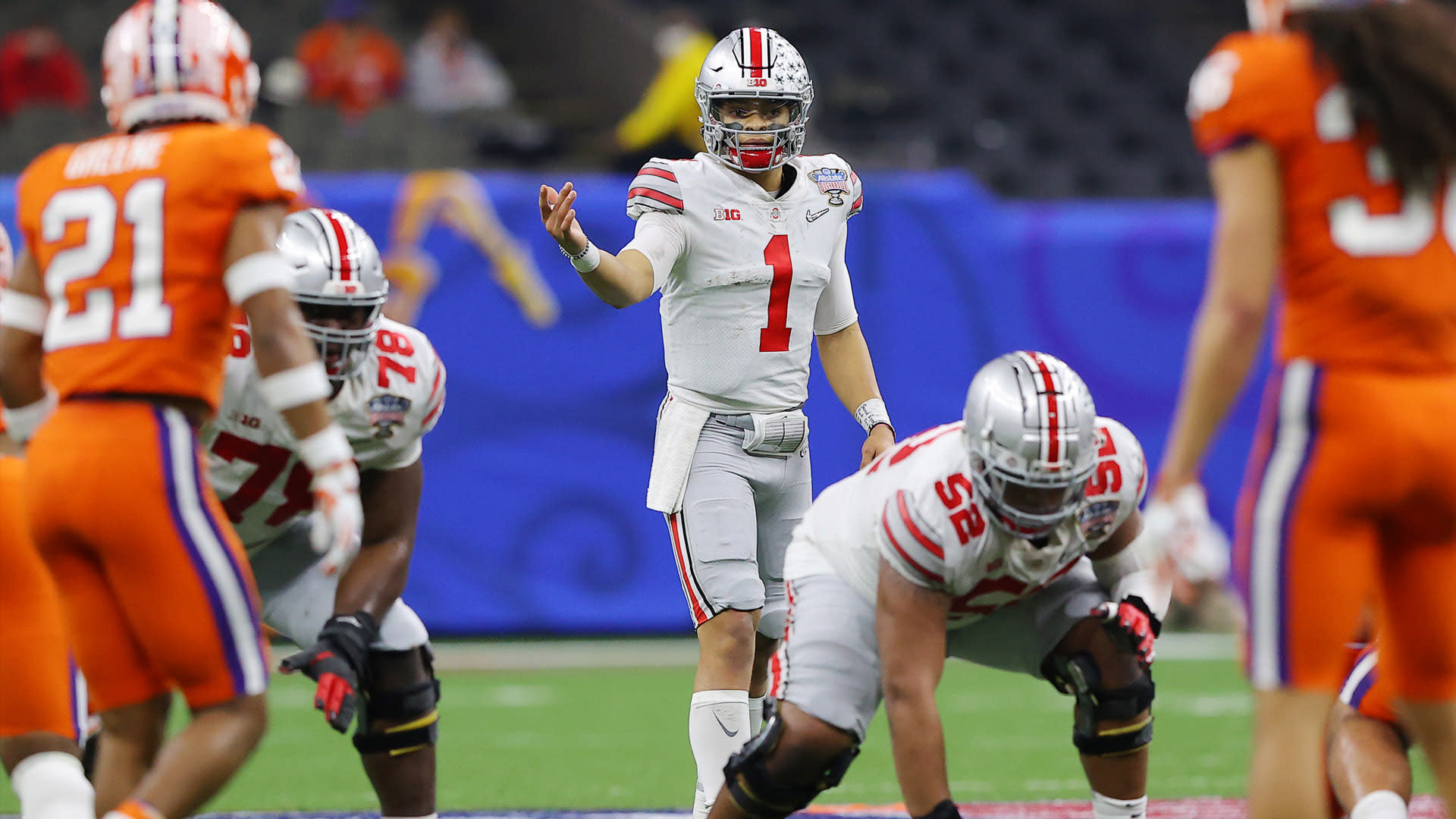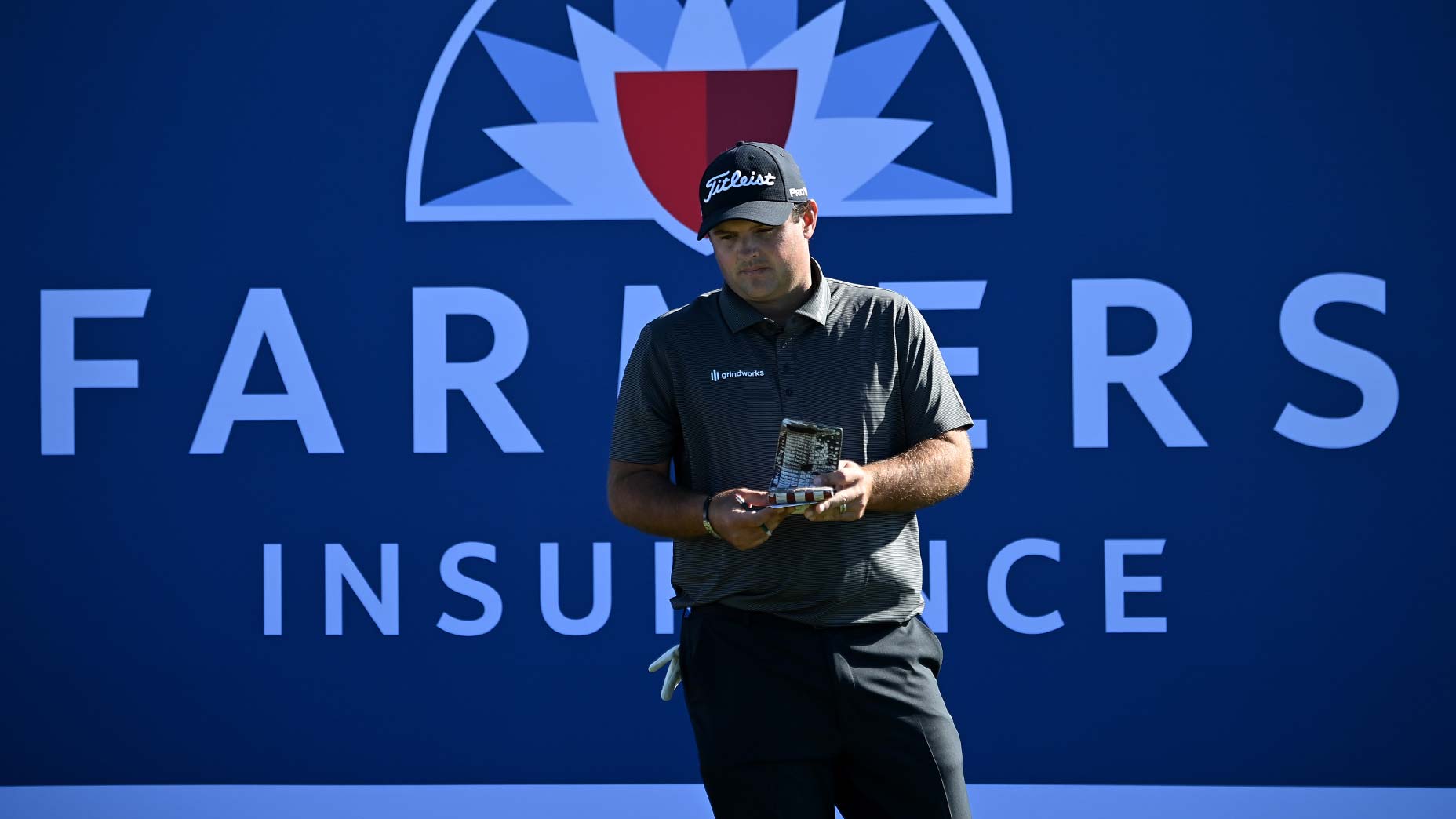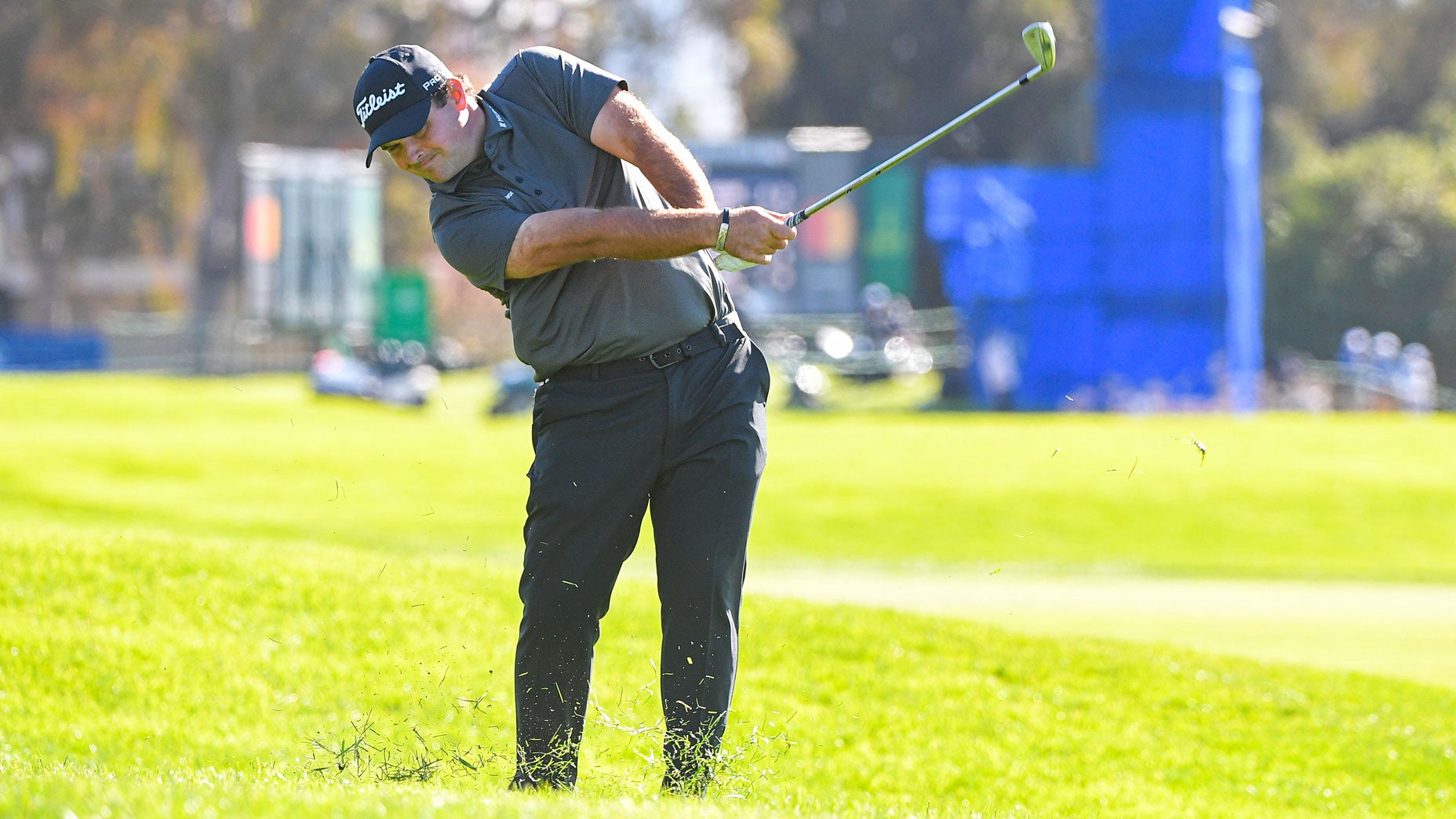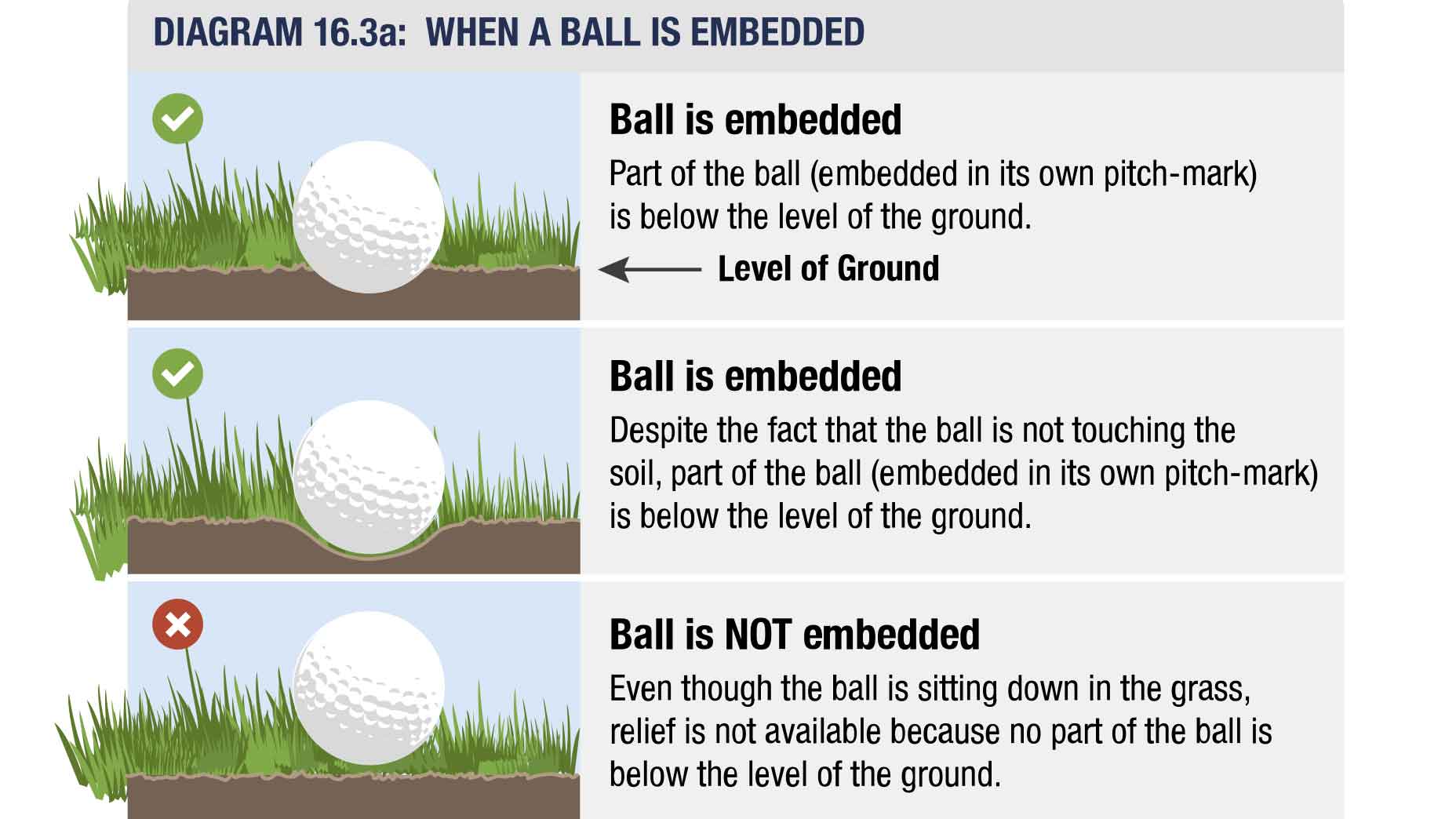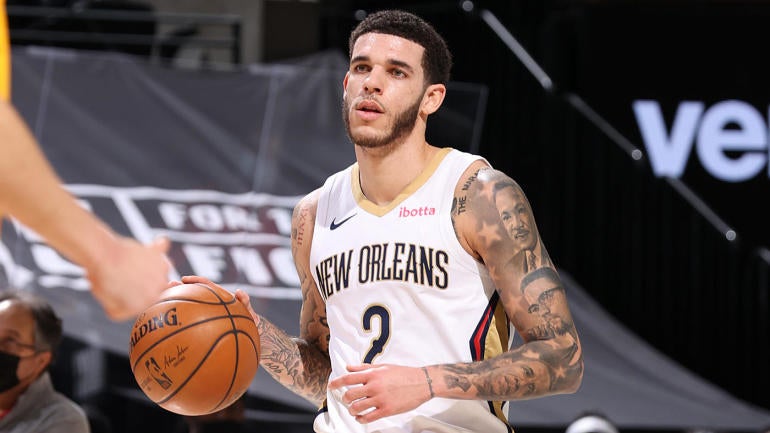Reaction to developments on and off the court …
1. To play or not to play.
As this pandemic season unfolds, coaches across the country are questioning the value of conference tournaments, which have the potential to derail healthy teams and create a tumultuous March Madness selection process.
In a recent survey of 41 head coaches by CBS Sports, more than one-quarter of respondents said their conference should not hold a tournament.
“In every league I think you need to ascertain where exactly your teams are in regard to qualifying for at-larges and what really is to be gained from the league tournament,’’ Gonzaga coach Mark Few told the outlet.
In a recent article in USA Today, Louisville coach Chris Mack suggested teams might simply decline to play for their league title.
“I do believe there will be some teams that opt out of conference tournaments knowing they’re a shoo-in for the NCAA Tournament,” he said.
The Pac-12’s position is clear: Vegas, here it comes.
During a meeting this week, the conference’s athletic directors discussed the four-day event at T-Mobile Arena and, according to a source, showed no interest in canceling.
“Everyone is aware of the national conversation,” the source said, “but (the ADs) are fully committed to playing.”
Should they be?
Yes, but like everything else with COVID, it’s complicated.
2. The case for canceling.
It’s not difficult to envision the tournament turning into a shell of its normal self:
— One or two teams are unable to compete as COVID prevents them from even leaving campus.
— Two or three games are canceled hours before tipoff because of positive tests.
— A semifinal is called off.
— The championship game is canceled.
— A team is awarded the Pac-12’s automatic bid without having to play past the quarterfinals.
It could turn ridiculous quickly, leaving participants to wonder why the Pac-12 bothered to play in the first place.
What’s more, there are logistical problems to consider for the teams headed to the NCAA tournament.
The NCAA is requiring all participants (i.e., players and coaches) to have seven consecutive days of negative COVID tests before touching down in Indianapolis for the multi-week bubble.
Does a trip to Las Vegas for three or four days make that less likely? Could playing in the Pac-12 tournament cause a team to miss the NCAA tournament?
Lastly, eliminating the Pac-12 event could ease the burden on players for the remainder of the regular season.
Because of the postponements to date, many teams are facing revised February schedules that feature three games per week for several weeks.
Cancel the conference tournament, use the second week of March for make-up games, and the need to squeeze diminishes.
Also, the NCAA-bound teams would be far fresher.
3. The case for playing.
The reasons to plow forward are equally strong, and (surprise, surprise) money isn’t atop the list.
Yes, the Pac-12 would take a financial hit if it canceled the event, but it wouldn’t be a wallop. The tournament isn’t a cash machine, especially without fans (ticket sales).
The health component is momentous, but there is no clear answer: Players would not necessarily be safer by remaining on campus, where the risk of infection and transmission lurks.
Put them in a quasi-bubble environment in Las Vegas — all their time would be spent in the hotel rooms, at team functions and on the practice court — and they might be more likely to test negative for seven consecutive days.
But the best case for holding the conference tournament is the opportunity provided.
The Pac-12 has one team ineligible for the NCAAs (Arizona), five teams in solid position and six with just one path available: Win the title and collect the automatic berth.
The moment you shutter the event, those six are done. They would have nothing to play for, except pride, after all these months of sacrifice … and after the same opportunity was taken away last March.
At that point, the integrity of the regular season would move to the edge of collapse.
Seniors with no future in the sport might opt out to focus on graduation and finding a job.
NBA prospects might opt out to focus on the draft.
You would have five teams with motivation, the rest with nothing.
It’s one thing to cancel competition because of positive tests, contact tracing and depleted rosters.
It’s another to preemptively yank the ultimate carrot, March Madness, out from under teams that are healthy enough to play for the chance to participate.
The Hotline has pondered the issue for several days and, admittedly, began from a place of deep skepticism.
But based on all the information currently at hand — and assuming no terrorizing COVID spike occurs in Las Vegas next month — the Pac-12 should hold the conference tournament as scheduled.
4. Cleanup on aisle 68.
If we step back and survey the NCAA landscape, it quickly becomes apparent that chaos could swallow the March Madness selection process.
Here’s how: A handful of teams with at-large bids secured refuse to participate in their conference tournaments, concluding the risks far outweigh the rewards.
What if coaches become convinced that staying home gives them a better chance to test negative for seven consecutive days and make their scheduled date in Indianapolis?
It won’t happen in the Pac-12, because conference bylaws state that any team eligible for the postseason must participate in the conference tournament.
But what about other leagues?
As a hypothetical, consider the West Coast Conference.
It has one lock for the NCAAs (Gonzaga), one team in solid position (Brigham Young) and nobody else within a half-court heave of the bubble.
If Gonzaga and Brigham Young opt out of the conference tournament, it would clear a path for a third team to reach the NCAAs as the automatic qualifier.
That gamesmanship — in the WCC or elsewhere — could materialize as March arrives, unless the NCAA steps in.
Unlike its football counterpart, college basketball has a centralized governing structure: The NCAA runs the postseason, which means it runs the sport.
It has given conferences until the end of the month to declare the process by which they will determine their automatic qualifier (i.e., regular season champion or conference tournament winner).
It cannot wait that long.
Next week, the NCAA should declare that any team opting out will result in that conference losing its automatic berth.
Don’t let the selection process turn into a sham.
5. Nothing but NET.
Based on the latest NET rankings, the Pac-12 began the weekend with three teams safely in the NCAAs, two more on the bubble and six out of contention for at-large spots.
(NET ranking prior to Saturday’s results.)
Safe: No. 17 Colorado, No. 24 USC and No. 31 UCLA
Ineligible: No. 41 Arizona
Bubble: No. 51 Oregon and No. 53 Stanford
Out: No. 107 Utah, No. 121 Arizona State, No. 126 Washington State, No. 145 Oregon State, No. 176 Cal, and No. 191 Washington
Two outcomes Saturday could alter the outlook: Colorado’s collapse against Utah, and Stanford’s close loss at ASU.
Despite four quality wins (Alabama, UCLA and a sweep of Arizona), Stanford doesn’t possess much cushion with a No. 53 NET ranking and 2-4 record against Quadrant 1 opponents.
One or two more losses to sub-100 teams, and it could slide to the wrong side.
Meanwhile, the Buffaloes suffered what might be the worst loss of the season — by any team — given the opponent and game circumstances:
They held a 19-point lead with 8:30 left (and the ball), at home, against a sub-.500 opponent … only to be outscored 31-9 down the stretch.
Our guess is the Buffs drop six or eight spots in the NET rankings.
While not a knockout blow to their postseason prospects, the loss greatly undercuts their margin for error, especially with a rugged upcoming schedule.
CU has back-to-back road weekends in mid-February (the Bay Area and Oregon) and plays six games against teams with equal or greater talent.
Its position, so solid for so many weeks, is now a bit wobbly.
Support the Hotline: Several Hotline articles will remain free each month (as will the newsletter), but for access to all content, you’ll need to subscribe. I’ve secured a rate of $1 per week for a full year or just 99 cents for the first month, with the option to cancel anytime. Click here. And thanks for your loyalty.
*** Send suggestions, comments and tips (confidentiality guaranteed) to pac12hotline@bayareanewsgroup.com or call 408-920-5716
*** Follow me on Twitter: @WilnerHotline
*** Pac-12 Hotline is not endorsed or sponsored by the Pac-12 Conference, and the views expressed herein do not necessarily reflect the views of the Conference.

